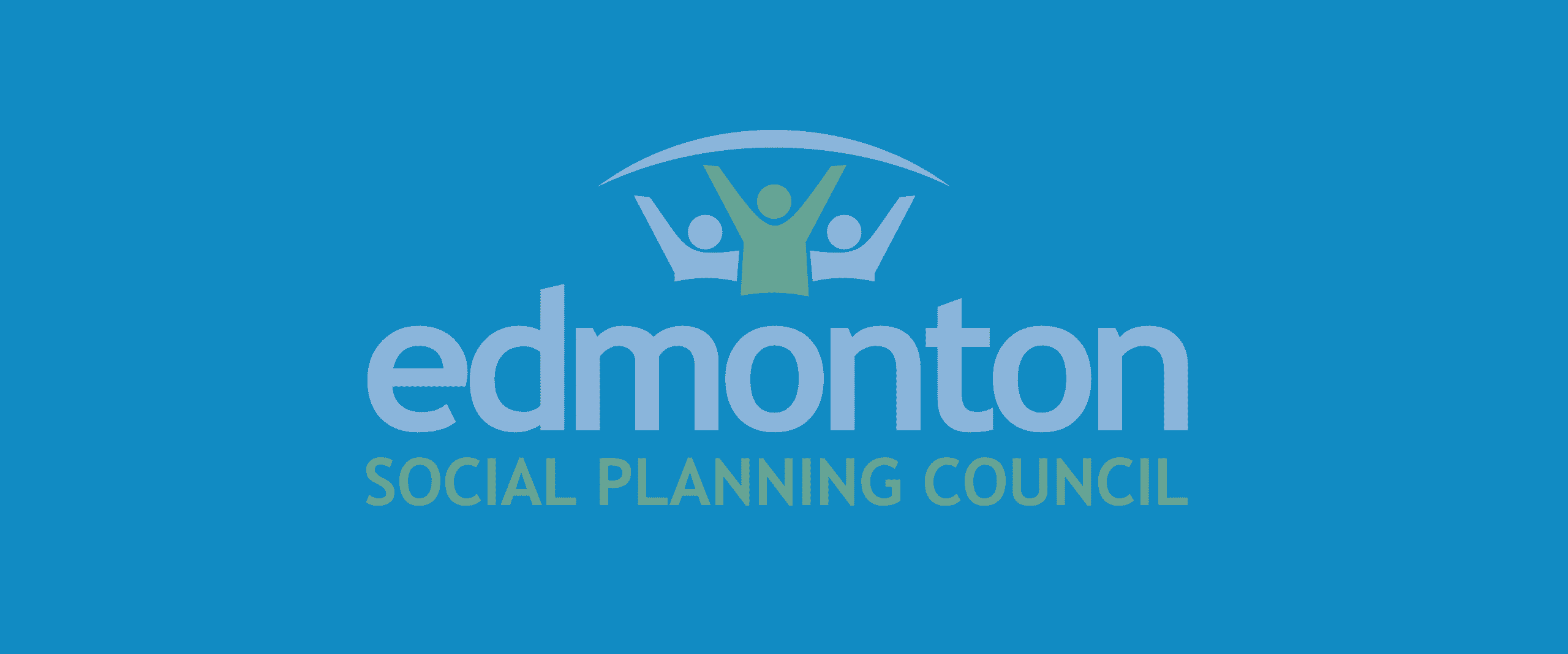[et_pb_section fb_built=”1″ _builder_version=”3.22″ custom_padding=”7px||9px|||”][et_pb_row _builder_version=”3.25″ background_size=”initial” background_position=”top_left” background_repeat=”repeat”][et_pb_column type=”4_4″ _builder_version=”3.25″ custom_padding=”|||” custom_padding__hover=”|||”][et_pb_post_title author=”off” comments=”off” featured_placement=”above” _builder_version=”4.3.4″ title_font=”|600|||||||” title_text_color=”#008ac1″ title_font_size=”36px” meta_font=”|600|||||||” meta_text_color=”#000000″ meta_font_size=”18px”][/et_pb_post_title][et_pb_text _builder_version=”4.9.9″ background_size=”initial” background_position=”top_left” background_repeat=”repeat” hover_enabled=”0″ sticky_enabled=”0″]
Every night, hundreds of thousands of Alberta children suffer the all-encompassing effects of poverty.
Every night, hundreds of thousands of Alberta children suffer the all-encompassing effects of poverty. Poverty is the single most important determinant of health for both children and adults. In Canada, approximately 1 in 5 children live below the poverty line. This leads to debilitating effects for their personal physical and mental health, which can cause lasting damage.
Research shows that children and youth who grow up impoverished face significant challenges. They are more vulnerable to issues affecting mental health, educational attainment, health & cognitive development, housing, relationships, employment, and food insecurity. When compared to the non-poor, the long-term poor show large deficits in cognitive and socioemotional development; score significantly lower on tests of cognitive achievement than do children who are not poor. It is immoral to allow child poverty to exist. Children and youth are suffering from long-term health issues and seeing their potential diminished.
Poverty is often linked to adverse childhood experiences and economic security for families is imperative in mitigating the cycle of poverty. In general, children who grow up in low-income situations are more likely to remain in low income into adulthood. Family circumstances may also affect one’s life path. For instance, Alberta children living with a lone parent are five times more likely to live in low-income households, while immigrant or Indigenous children are also at a higher risk of living in poverty.
Currently, children’s health is being explored through the lens of trauma. Adverse childhood experiences are traumatic events in childhood such as household instability, economic insecurity, and experiencing or witnessing violence. Adverse childhood experiences have been linked to precarious health behaviours, chronic health issues, poorer outcomes, and early death. Children who experience cumulative adverse childhood experiences are more likely to have physical, emotional, and social issues. Children whose parents are living in poverty are more likely to experience lower socioeconomic status as well as other negative outcomes as adults.
[/et_pb_text][et_pb_button button_text=”Download Invest in Families: Ending Child Poverty is Good for All” _builder_version=”4.9.9″ _module_preset=”default” button_url=”https://edmontonsocialplanning.ca/wp-content/uploads/2020/01/edmontonsocialplanning.ca_joomlatools-files_docman-files_F.-SOCIAL-ISSUES_F.04-POVERTY_ESPC_ChildPovertyReport2020_Web.pdf” hover_enabled=”0″ sticky_enabled=”0″ custom_button=”on” button_text_color=”#FFFFFF” button_bg_color=”#008AC1″ button_bg_enable_color=”on”][/et_pb_button][/et_pb_column][/et_pb_row][/et_pb_section][et_pb_section fb_built=”1″ _builder_version=”4.4.3″ background_color=”#a6c942″ custom_padding=”7px||13px|||” global_module=”3045″ saved_tabs=”all”][et_pb_row column_structure=”1_3,1_3,1_3″ use_custom_gutter=”on” gutter_width=”1″ make_equal=”on” _builder_version=”4.4.3″ background_enable_color=”off” width=”100%” module_alignment=”center” custom_margin=”10px|auto|10px|auto|false|false” custom_padding=”0px||0px||false|false” border_color_top=”#008ac1″ border_color_bottom=”#008ac1″][et_pb_column type=”1_3″ _builder_version=”4.4.0″][et_pb_cta title=”Donate Today!” button_url=”@ET-DC@eyJkeW5hbWljIjp0cnVlLCJjb250ZW50IjoicG9zdF9saW5rX3VybF9wYWdlIiwic2V0dGluZ3MiOnsicG9zdF9pZCI6IjI5NDAifX0=@” button_text=”Donate Today” _builder_version=”4.4.3″ _dynamic_attributes=”button_url,link_option_url” header_font=”|600|||||||” header_text_color=”#ffffff” body_text_color=”rgba(0,0,0,0.8)” background_enable_color=”off” custom_button=”on” button_text_color=”#ffffff” button_bg_color=”#008ac1″ link_option_url=”@ET-DC@eyJkeW5hbWljIjp0cnVlLCJjb250ZW50IjoicG9zdF9saW5rX3VybF9wYWdlIiwic2V0dGluZ3MiOnsicG9zdF9pZCI6IjI5NDAifX0=@” header_text_shadow_style=”preset1″]Your donation helps us do our work. It keeps our social research current and comprehensive. It allows us to take on bigger projects and make a greater impact in the community[/et_pb_cta][/et_pb_column][et_pb_column type=”1_3″ _builder_version=”4.4.0″][et_pb_cta title=”Become a Member” button_url=”@ET-DC@eyJkeW5hbWljIjp0cnVlLCJjb250ZW50IjoicG9zdF9saW5rX3VybF9wYWdlIiwic2V0dGluZ3MiOnsicG9zdF9pZCI6IjI5MjEifX0=@” button_text=”Become a Member” _builder_version=”4.4.0″ _dynamic_attributes=”button_url,link_option_url” header_font=”|600|||||||” header_text_color=”#ffffff” body_text_color=”rgba(0,0,0,0.8)” background_enable_color=”off” custom_button=”on” button_text_color=”#ffffff” button_bg_color=”#008ac1″ link_option_url=”@ET-DC@eyJkeW5hbWljIjp0cnVlLCJjb250ZW50IjoicG9zdF9saW5rX3VybF9wYWdlIiwic2V0dGluZ3MiOnsicG9zdF9pZCI6IjI5MjEifX0=@” header_text_shadow_style=”preset1″]
By getting involved with the Edmonton Social Planning Council, you add your voice to our message of positive social development and policy change.
[/et_pb_cta][/et_pb_column][et_pb_column type=”1_3″ _builder_version=”4.4.0″][et_pb_cta title=”Apply To Be A Volunteer” button_url=”@ET-DC@eyJkeW5hbWljIjp0cnVlLCJjb250ZW50IjoicG9zdF9saW5rX3VybF9wYWdlIiwic2V0dGluZ3MiOnsicG9zdF9pZCI6IjMxMjYifX0=@” button_text=”Volunteer” _builder_version=”4.4.0″ _dynamic_attributes=”button_url,link_option_url” header_font=”|600|||||||” header_text_color=”#ffffff” body_text_color=”rgba(0,0,0,0.8)” background_enable_color=”off” custom_button=”on” button_text_color=”#ffffff” button_bg_color=”#008ac1″ link_option_url=”@ET-DC@eyJkeW5hbWljIjp0cnVlLCJjb250ZW50IjoicG9zdF9saW5rX3VybF9wYWdlIiwic2V0dGluZ3MiOnsicG9zdF9pZCI6IjMxMjYifX0=@” header_text_shadow_style=”preset1″]We have many volunteer opportunities including Research Reviews and Newsletter Writing, Focus Groups, Special Events, Photography and/or Videography, Casino, Board of Directors. [/et_pb_cta][/et_pb_column][/et_pb_row][/et_pb_section]



